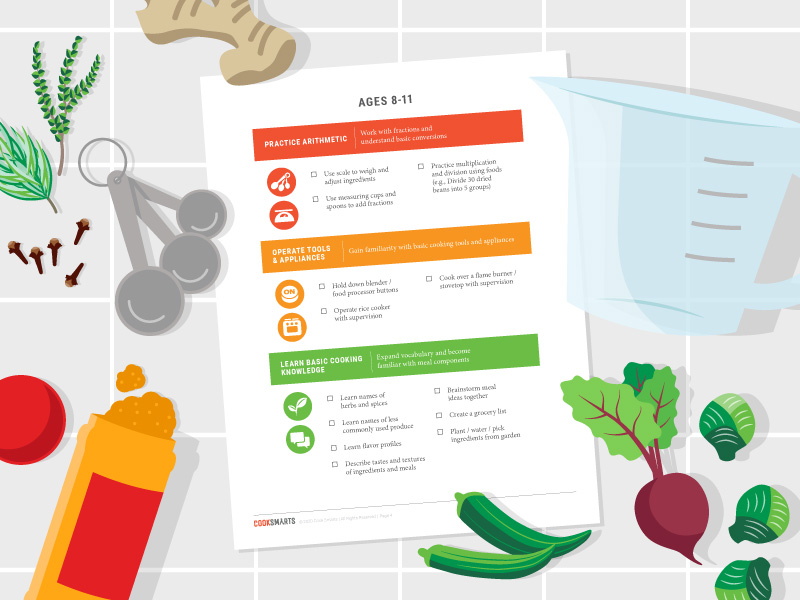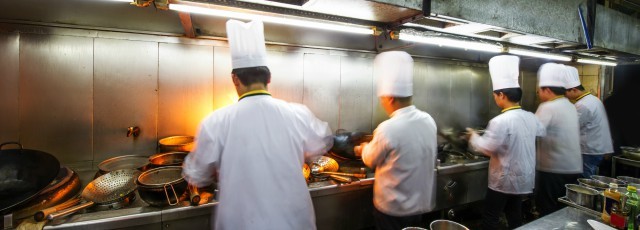
If you love to cook, you've probably tried to pick up advanced cooking techniques. French and Chinese methods are common. But how about Japanese and Chinese methods? Learn the best methods for poaching and steaming. Continue reading to find out how these methods work, and why you should learn them. These techniques can be applied to everyday cooking. You can also look out for cookbooks that describe these cooking techniques in greater detail.
French cooking techniques
The foundation of French cooking lies in traditional methods. French chefs have been known for their ability to arrange everything and cook it slowly at low temperatures. Confit is a slow method that involves slowly cooking a variety food in fat on a low heat. The same goes for sauces. Flambeing is usually used for desserts. However it is possible to pour the alcohol into the food while it cooks to give it its flavor.
Chinese cooking techniques
The traditional Chinese kitchen is filled with many complex techniques that can make your cooking more delicious. One of these techniques is stir-frying, which involves cooking in a wok with a light layer of oil. Stirring the food rapidly and thoroughly is necessary to achieve the desired texture. This method works best for small ingredients like vegetables and noodles. Chinese cuisine offers many different cooking methods, including stir-frying.

French technique of steaming
Steaming, which is a cooking method that produces a constant flow of hot air around food to preserve all its nutrients, without adding fat, is a way to cook. Because steam is more heat-efficient than boiling water it's a gentle method of cooking and great for delicate foods. Steam cooks fast and doesn't lose nutrients or color. This method is a delight for fruits and vegetables, as the French are long-standing masters.
Japanese poaching technique
Poaching has become a popular technique worldwide. The Japanese have perfected slow-cooked fish. This technique involves vacuum-sealing food in a plastic bag and slowly cooking it at low heat. This produces uniform texture, removes aromas and preserves liquids. Here's how to make poached salmon the Japanese way.
Vietnamese technique of boiling
A traditional Vietnamese method of boiling rice is simple and highly effective. This method involves steaming food in bamboo or metal plates. The benefits of this method include the preservation of the nutrients in the food and the absence of oil. It can be used in the preparation of seafood and sticky. It is particularly beneficial to the vulnerable population in developing countries who are heavily dependent on water sources that are not yet improved. There are however some precautions you should take.

FAQ
What are the benefits of using a slow cooker?
Slow cookers are extremely useful as they make it easy to cook delicious meals in a short time. Slow cooker recipes are healthier than traditional ones because they use less oil and fat. Additionally, slow cookers are more convenient than traditional recipes because they take care for themselves while you're sleeping.
How Long Does it Take to Become a Chef? What Is the Average Career Path?
A chef's career takes about five years. This time you'll learn the basics of cooking and work as a cook assistant. You can apply for line, sous or executive chef positions after you complete your training. The average salary for a chef ranges from $25,000 to $60,000 per year.
What does a culinary program cost?
The costs of culinary school can vary depending on where and how long it takes. The average tuition ranges from $10,000-$30,000 per year. Students graduate with approximately $20,000 of debt. Some programs offer work-study, grants, scholarships and grants.
Are there any requirements to become a chef?
No. Many chefs learned their craft on their own. Some even went to culinary school just to gain experience. Most chefs prefer to go to culinary school to expand their professional opportunities. Culinary schools allow students to learn hands-on skills, and this helps them improve their cooking knowledge.
How can I get hired to be a chef?
To get a job as chef, you must first complete a culinary arts degree. You can then join a professional group such as ACF. This organization offers certification exams and networking opportunities.
Statistics
- According to the BLS, chefs earn $58,740 a year. (learnhowtobecome.org)
- The median pay for a chef or head cook is $53,380 per year or $25.66/hour, according to the U.S. Bureau of Labor Statistics (BLS). (learnhowtobecome.org)
- under 10 Kids have been taught that there is special food just for them, and Fiese says that 10 percent of kids will throw a tantrum if they don't get the food they want. (washingtonpost.com)
External Links
How To
How to make a perfect eggroll
Omelets are my favorite breakfast dish. How can you make them perfectly? I've tried many recipes and different methods but none have worked. So I wanted to share some tips and tricks so that you can make delicious, fluffy omelets every morn.
Before we start making omelets, let's remember that eggs are temperamental. You must get them fresh, organically, and keep them cold until you cook. If they are not kept cold enough, the whites won’t form properly. The yolks will also break down too quickly and become runny. This will make your omelets appear strangely colored. If you plan to cook the eggs right away, it is best to use room temperature eggs.
You can also separate the egg before you add it to the pan. Because this could cause your omelet to become curdled, you don't want any yolk to be mixed with any white.
You could end up burning the bottom half of the egg if the egg is added directly to the heat source. Instead, heat the egg in a microwave for 10 seconds and then place it in a pan. The heat from the microwave cooks the egg just enough without overcooking it.
Next, let’s talk about mixing the egg. Mix eggs well together. You need to turn the bowl of the mixer upside down. Now shake the bowl vigorously. This way, the air inside the bowl gets whipped around and mixes the egg thoroughly.
The fun part is now - adding the milk to the mixture. First, pour half of the milk into the beaten eggs and then fold the eggs gently into the remaining milk. You don't need to worry if streaks remain. They will disappear once you flip your omelet.
After folding the eggs, place the pan on medium heat and wait for the oil to start sizzling. Once the oil has gotten hot, add 1/4 cup of butter and swirl it around so that the entire pan is coated. Open the lid and sprinkle salt on the pan. An additional pinch of salt will prevent the omelet form sticking to your pan.
Cover the pan once you have formed the omelet. Wait for the top to set. Flip the omelet with a spatula, or flip it upside down. Cook the second side for a minute or so. Remove the omelet from the pan and serve immediately.
This recipe is best when used with whole milk. But, you can use skimmed milk as well.